With their affectionate and energetic nature and their wonderful pattern, Bengal cats have gained a lot of popularity in the past several decades.
| Bengal Cats | |
| Weight | 8 to 15 pounds |
| Length | 14 to 18 inches (36-46 cm) |
| Hair length | Short |
| Lifespan | 10 to 17 years |
| Origin | United States |
| Temperament | Affectionate, playful, and energetic |
| Allergy-friendly | No |
| Availability | Fairly rare |
Contents
Bengal Cat History
The Bengal is a relatively new cat breed, especially compared to others. It is the result of crossings between domestic shorthair cats and Asian Leopard Cats.
Jean S. Mill began crossing the cats in the United States in 1963, and all the Bengals that exist in the world nowadays stem from those bred by her in the second half of the 20th century.
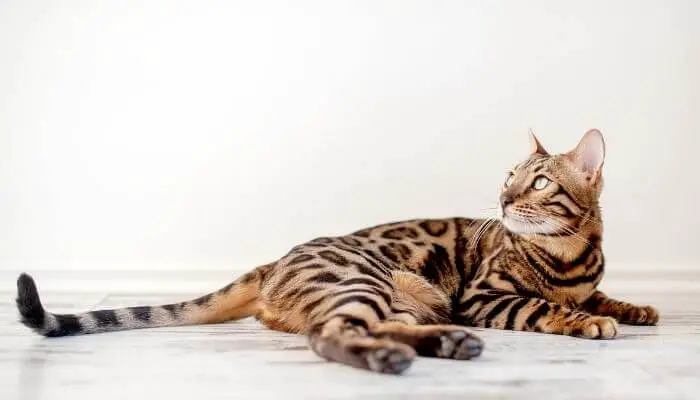
This breed was officially recognised by The International Cat Association in 1983, the Federation Internationale Feline and The Australian Cat Federation in 1999, and the Cat Fanciers’ Association in 2016.
To give you a clue about how popular Bengal cats became in a short amount of time, we’ll tell you that the breeding process was resumed in the 1980s, and by 1992, The International Cat Association already had 125 registered breeders.
Bengal Cat Appearance
The Bengal can come in a wide range of colours. The typical one that you might come across while researching the breed on the Internet is Brown Spotted, but there are also Bengals with silver or sepia markings.
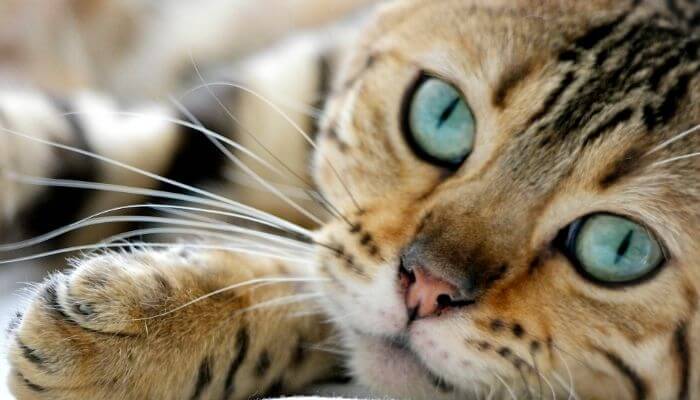
Seal Lynx Point Bengals and Mink Spotted Tabby Bengals aren’t uncommon, either, and so is Brown Marble.
While the background colours can vary from rust and brown to orange and golden, the spots can also vary, but they’re usually chocolate, cocoa, or rust.
Some Bengals even come with an iridescent sheen on their coats, which leaves the impression that someone sprinkled glitter on their bodies.
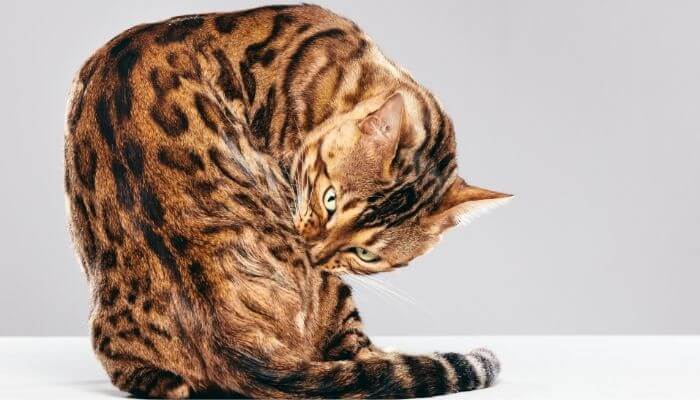
In terms of size, Bengals don’t usually get to weigh more than 15 pounds, so they can be considered medium-sized. They are also very athletic and energetic, so they have a lower chance of putting on a lot of weight, even when they age.
Bengal Cat Temperament
This is where Bengals stand out from the crowd. They’re very active and curious, and they need a lot of attention from their owners, especially if they have no other entertainment opportunities.
As such, they might not be the best choice for first-time cat guardians, especially those that can’t spend a lot of time at home.
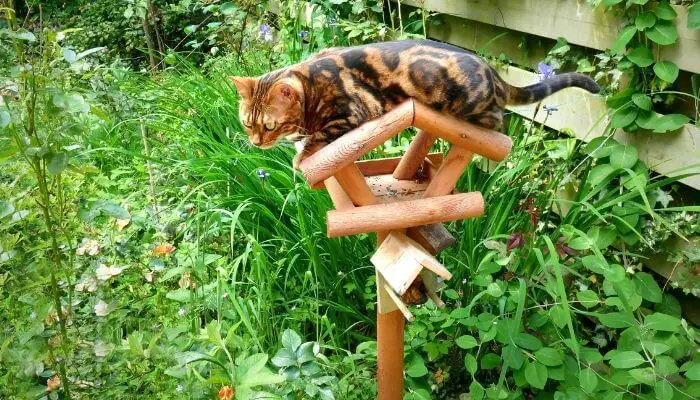
Bengals have to be constantly entertained as they otherwise get bored and will get into drawers or look for all sorts of ways to find something fun to do.
From jumping on the kitchen counter to breaking into the trash can just to see whether it doesn’t contain anything they might nibble on, these pets have a temperament more similar to that of a dog rather than a cat.
Another behaviour that Bengals share with their canine counterparts is that they love to hide things. So, if you leave your jewellery pieces on the furniture, you might not find them in the same place (or at all).
In terms of interacting with other pets, most Bengals are sociable, even with dogs. They make the best choice for families with older children since they don’t really like being bothered by toddlers.
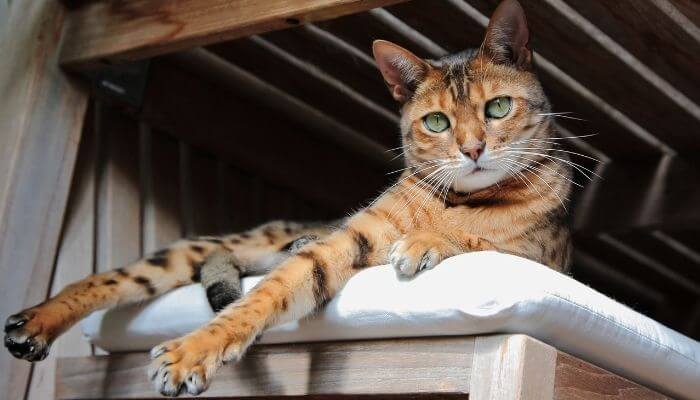
Even though such moments are rare since Bengals are so full of energy, they do love to spend time with their owners and sit in their laps. They’re affectionate and love sharing their pet parents’ beds with them.
Bengal Cat Health
Although this cat breed is generally considered healthy, it can still develop some health issues.
While most of them are common in all cats, no matter their breed, there are some genetic conditions that tend to affect Bengals more than others.
Here are several examples:
- Patellar luxation
- Distal neuropathy
- Hip dysplasia
- Hypertrophic cardiomyopathy
- Progressive retinal atrophy
Besides hip dysplasia and patellar luxation, which are osteoarticular health problems and which can be treated effectively, especially when diagnosed at the right time, the rest of the conditions are pretty severe and can affect a Bengal’s life.
For example, distal neuropathy can affect Bengals younger than 1, causing lameness due to a nervous system disorder.
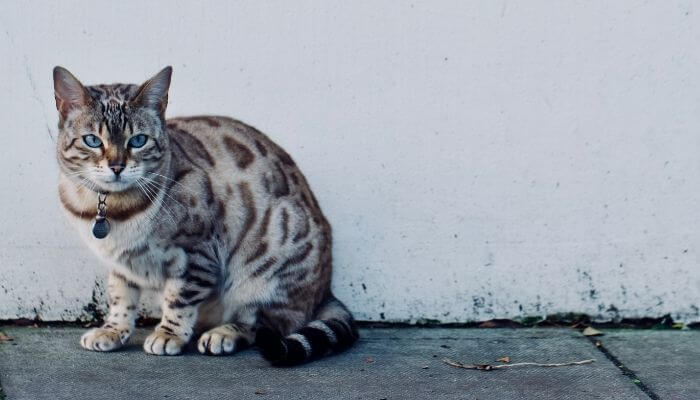
Hypertrophic cardiomyopathy is very challenging to manage in all animals, not just Bengals.
As for progressive retinal atrophy, it is a degenerative eye condition that eventually leads to blindness.
Ask your breeder if they don’t have a health certificate from a veterinarian, attesting that your future Bengal kitten’s parents haven’t been diagnosed with any eye problems in the past 12 to 24 months.
Caring for a Bengal Cat
The most challenging thing that Bengal guardians have to face is keeping them entertained even when they’re not at home.
Since some can be mischievous in the absence of their pet parents, it wouldn’t hurt if you installed a cat camera and kept an eye on your Bengal when you’re at work.
If you know you’re going to be away from home for several hours, make sure to leave plenty of toys available.
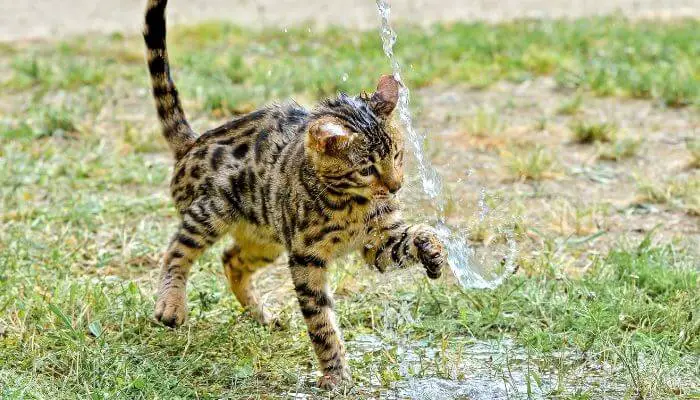
An interesting fact about the Bengal cat is that it tends to love water, which automatically makes it different from so many other breeds.
It’s practically impossible to have pet fish and a Bengal at the same time, as he or she will try to get into the aquarium and catch them.
Bengals love to drink water right from the faucet, so you can catch your cat in the kitchen or bathroom sink. Investing in a quality cat water fountain can at least minimise these occurrences.
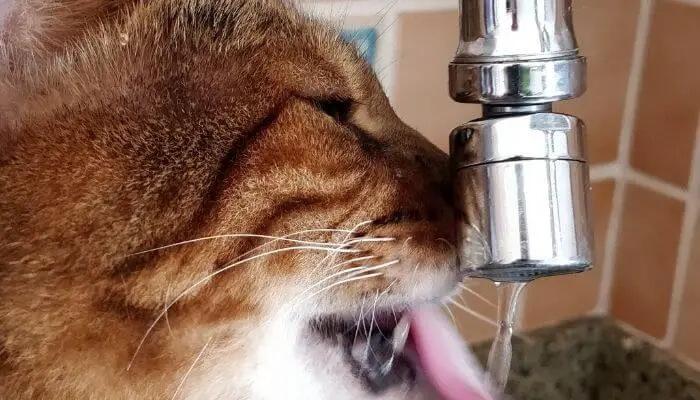
The Bengal is one of the few cat breeds out there that can actually be trained. You can use a clicker for the purpose, but also treats and vocal commands.
The reason they are trainable is that they respond best to fun activities. So if you supply your Bengal with enough puzzle or interactive toys and reward them with treats, they’ll not only love you, but also be happy.
The rest of the care that you have to provide for your Bengal is standard for all other cats. You should trim your pet’s nails once in a fortnight, make sure that their litter box is clean, and take them to the vet at least once a year.
Also Read: Chausie Cat: Breed Guide
Feeding a Bengal Cat
Since one of the Bengal breed’s ancestors is the Asian Leopard Cat, it goes without saying that these cats are used to a high-protein diet composed of small prey such as lizards, rodents, birds, and even insects.
While all cats are obligate carnivores, so they should be fed a diet containing a lot of protein and a little fat, Bengals need even more protein due to their intense activity level.
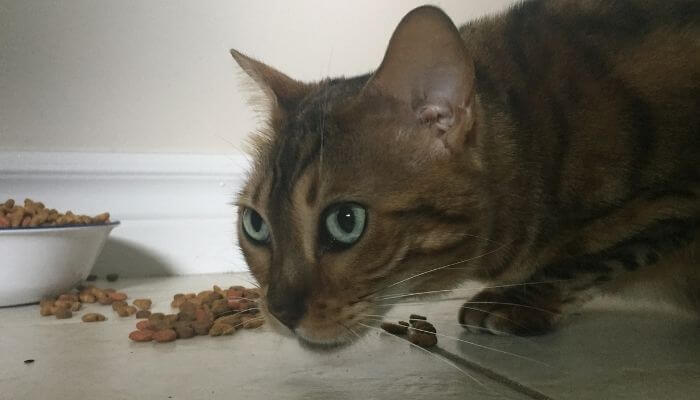
Choosing the right cat food for your Bengal can be a complicated process, especially since most of the commercial varieties that you are likely to come across nowadays contain not only grains, but also additives like carrageenan, which can cause cancer.
The protein percentage in any commercial diet that you pick has to be at least 50% – although even that would be too low. Aim at 70-80%, if possible.
There’s also the option of you feeding your Bengal a homemade cat diet. You can find plenty of tutorials online and even talk to your vet about making your own cat food at home, using raw meat and organs, fish oil, and taurine.
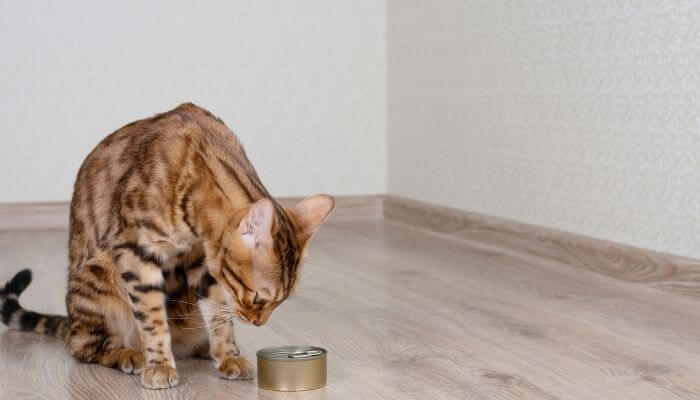
Although Bengals don’t really have a problem with drinking water (like many other cats do), it wouldn’t hurt if you chose to feed your kitten a wet/canned food diet only.
If you want to change your cat’s diet, make sure to introduce the new one into the old one gradually. This is necessary to avoid gastrointestinal distress such as vomiting or diarrhoea.
Some of the things that Bengals shouldn’t eat are the following:
- Avocado
- Raw eggs
- Chocolate
- Yeast dough
- Bones
- Any foods that have artificial sweeteners (such as xylitol)
Housing
Due to their activity levels, Bengals do not tend to do well in small spaces. They do not make the best pets for people who live in apartments or small studios.
Ideally, your Bengal cat should have access to a balcony or a yard, although outdoor exposure isn’t mandatory.
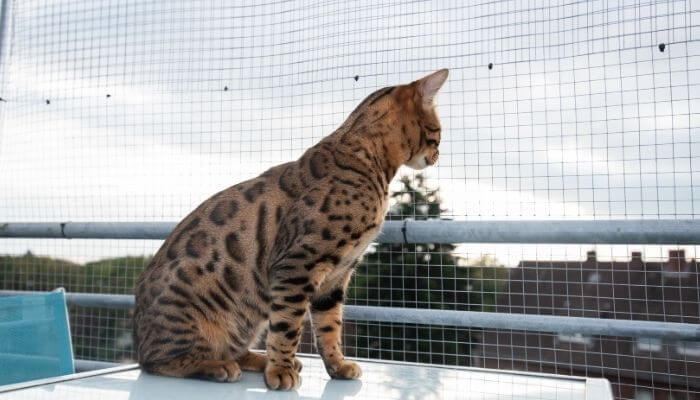
As a matter of fact, indoor-only cats are much healthier than outdoor ones, so you can prevent your Bengal from getting diseases such as parasites or infections from other animals.
But that doesn’t mean that your Bengal is going to be happy cooped up indoors all the time, especially if he or she doesn’t have enough space to roam in.
Keep in mind that these cats love to climb and run around, and actually, they need a good amount of vertical space.
For this reason, you have to equip your home with as many cat trees as possible, it is also a good idea to get a cat exercise wheel for Bengals to help them burn off energy.
You can also install a cat perch in your window for times when your Bengal is in the mood to spy on birds and other animals that might be outside.
If you are going to be keeping your Bengal exclusively indoors we also recommend you get cat window guards because Bengals are the type of cats that will be very keen to jump out of a window if the opportunity presents itself.
Bathing
Unlike other pets, cats do not have to be bathed on a regular basis. Moreover, Bengals have relatively short hair, which means that they have a lower chance of getting dirty if they go outdoors.
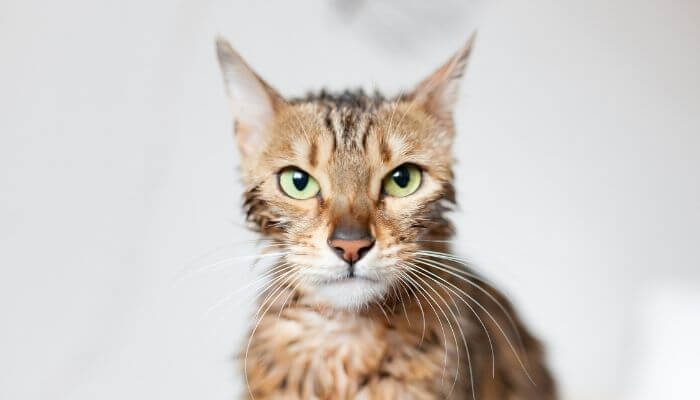
If you do have to bathe your cat, you aren’t going to run into too many problems since the breed is well-known for its love of water.
To prevent your cat from developing skin health problems such as dermatitis, you should avoid bathing your Bengal more often than once every 3 to 4 weeks.
Bengals groom their bodies just like any other cats, so they do a good job of cleaning themselves.
Grooming
Given that a Bengal’s coat isn’t too long, you don’t have to worry too much about grooming.
Weekly brushing is recommended just to make sure that you remove all the dead hair and also prevent your kitten from developing hairballs.
Other than that, you don’t even have to take your Bengal to a groomer every spring or summer.
Bengal cats do shed however compared to other breeds the amount they shed is so minimal that you may not even notice it.
Bengal cats shed most notably when they mature and their adult coats grow in.
Finding a Bengal Kitten
Although they are not as rare as other breeds, Bengals can’t be found anywhere. Usually, there are at least one or two breeders in every country since this cat breed is, after all, very popular.
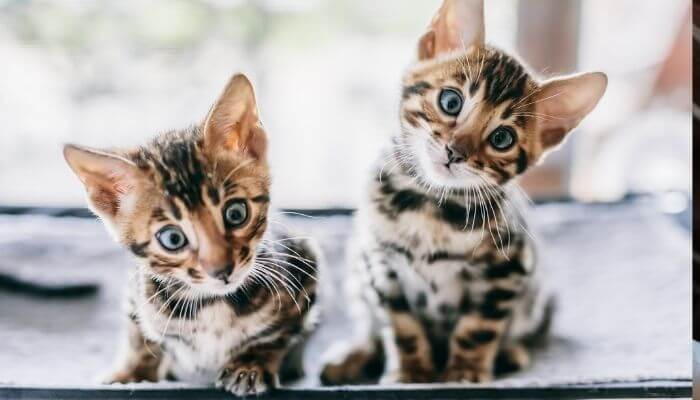
If you want to adopt or buy a Bengal, you can try sites like Adopt a Pet, Petfinder or Rescue Me.
Get in touch with other Bengal aficionados via social media networks.
Look for groups on Reddit or other forums and exchange opinions with other cat parents.
You can also ask other Bengal owners to give you some pointers as to which breeder you are supposed to call.
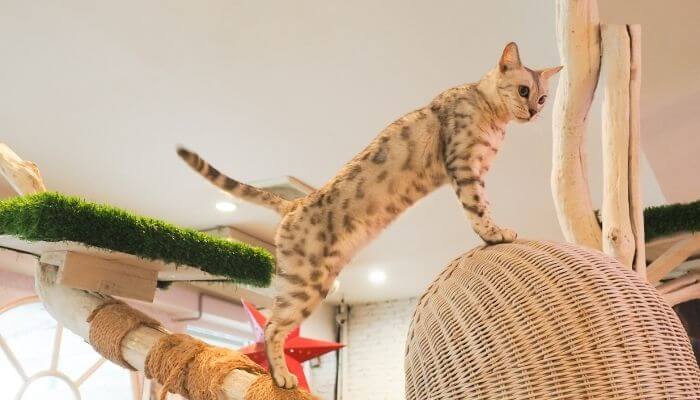
Not every breeder is serious and responsible, so not everyone can guarantee that your kitten is perfectly healthy and comes from healthy parents.
Avoid using backyard breeders as they have no control over the genetics of the kittens in their litters.
Good breeders make sure that they take their reproductive cats to the vet at least once every several months so that they can be informed about whatever health condition might have affected them in the meantime.
Bengal Cat Price
Kittens tend to be more expensive than adults.
The average price that you can expect to pay for a kitten is somewhere around £700/$1,000.
However, the price can vary a lot from one cat to the next, and also depending on the breeder you get your pet from.
Some kittens can be as cheap as £300/$400, although we advise you to take that breeder’s information with a grain of salt since the price is unusually low.
Believe it or not, a Bengal can get as expensive as £7500/$10,000, depending on their gender, breeder, quality (pedigree), and location.
If you can’t find a breeder in your country, the end cost of a Bengal kitten can be even higher. In this case, a disadvantage would be that you wouldn’t be able to see the kitten before getting it. So, you have to trust the breeder 100% and blindly order and pay for a Bengal.
Another factor that largely influences how much a Bengal kitten costs is whether or not it is spayed or neutered, vaccinated, dewormed, and if it comes with a bill of health from a registered veterinarian.
The yearly cost of owning a Bengal cat can be anywhere between £200/$300 and £350/$500 and more.
In the first year of your kitten’s life, you are likely to spend more money on vaccinations and veterinary check-ups.
Up-front costs
A vaccine, whether a polyvalent or a monovalent one, can cost around £70/$100. Microchipping your Bengal kitten can set you back approximately £35/$50.
As for neutering or spaying, the costs differ from one vet to the other, but the usual price for such a procedure would be around £55/$75.
Flea treatment and worming treatment can vary in price, but you can expect to pay up to £15/$20 for them.
While some veterinarians recommend deworming your cat as often as once a month, we’d like to point out that many medications that are used for treating parasite infestations in pets are liver-toxic, so they should not be administered more often than once every three months.
In a country like the United States, where veterinary expenses can be extremely high, you should consider getting cat insurance.
Some policies are as affordable as £110/$150 a year, and they allow you to rest assured that in the event of an accident, you will be able to treat your cat without going into debt.
Bengal Cat Names
Given their history, Bengal cats tend to have names that are a bit more exotic compared to other breeds. Here are several examples.
Male Bengal cat names
- Max
- Simba
- Mack (or Mackerel)
- Bongo
- Atlas
- Noah
- Mowgli
- Leo
Female Bengal cat names
- Ayla
- Nala
- Sheba
- Artemis
- Bengie
- Alani
- India
- Africa
Summary
Bengals are wonderfully energetic and affectionate, and they can make great feline companions for everyone.
But these cats have their own needs. They don’t do well alone and without anything to do. Keep your Bengal happy by giving them interactive toys, especially when you know you’re going to be away from home.
Go to the vet at least once or twice a year to make sure that your Bengal hasn’t inherited any medical condition from their ancestors.
In the end, you’ll more than enjoy being a Bengal pet parent!
Sources:

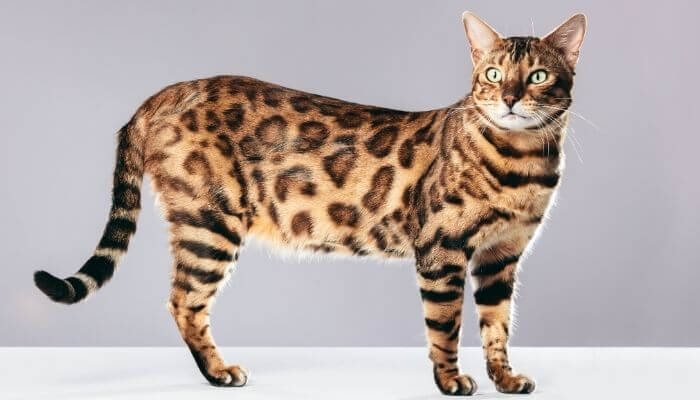
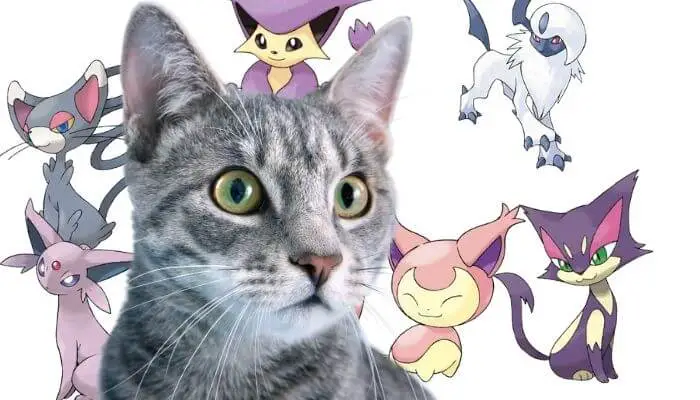
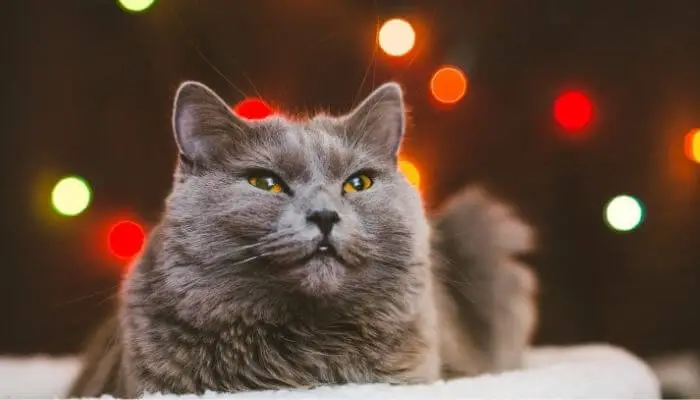
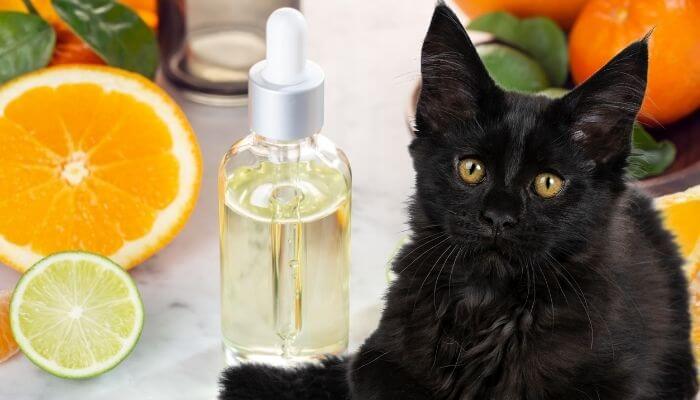
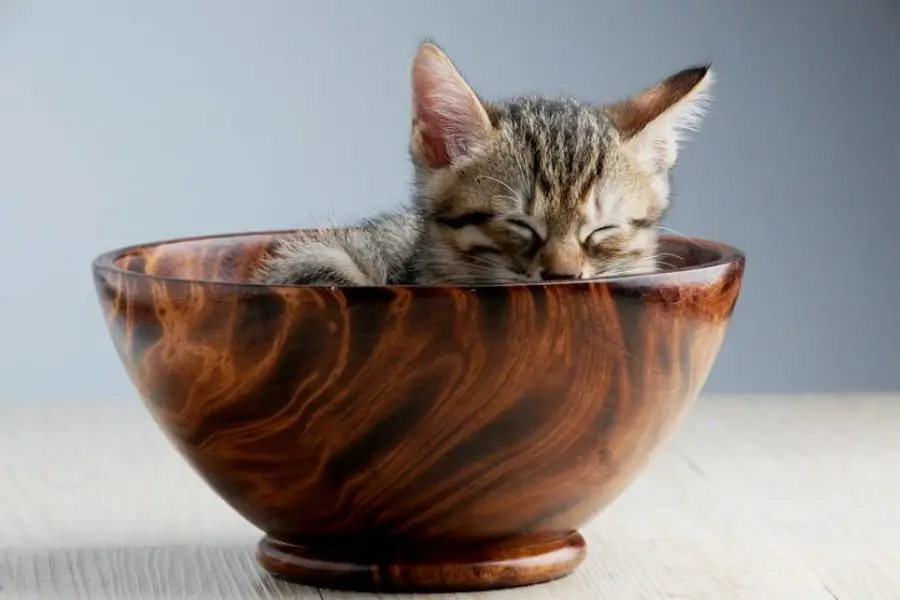


Leave a Comment